[ENG][ESP] - Surgeon's Case: Ankle fracture. - Caso de Cirujano: Tobillo fracturado.
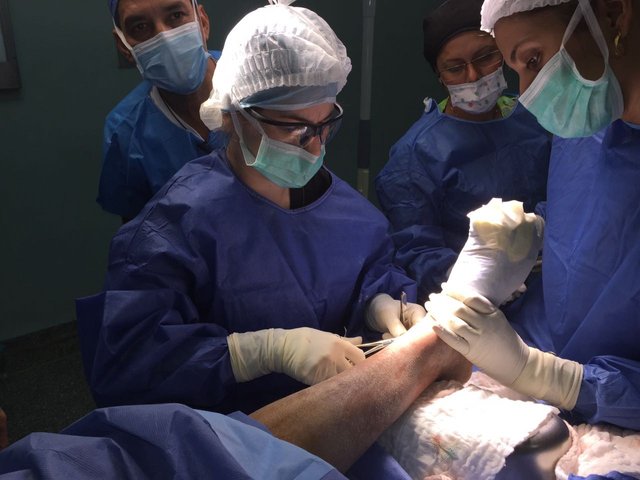
In the image: The Surgeon: Dra. De La Torre (@gaescla). Photo: @drmaizo

english
Ankle surgery
Many of the fractures related to orthopedic surgery and traumatology occur very frequently in the ankle area, the first reason being that the ankle is an important loading area of our body, therefore, in falls and in many sports it is common to suffer injuries ranging from a simple sprain to complicated fractures.
Today's case is about a 45-year-old male who, after a fall of approximately 3 meters while trying to repair the roof of his house, presents a strong pain in his right ankle, you can see a significant increase in volume and functional limitation that does not allow him to walk or support his foot. He also explains that he feels a crackle in his ankle associated with foot movements.
español
Una cirugía en el tobillo
Muchas de las fracturas relacionadas con la cirugía ortopédica y traumatología ocurren con gran frecuencia en la zona del tobillo, la primera razón es que el tobillo es una zona de carga importante de nuestro cuerpo, por lo tanto, en caídas y en muchos deportes es común que sufra lesiones que van desde un esguince simple hasta fracturas complicadas.
El caso de hoy se trata de una persona masculina de 45 años, quien posterior a una caída de aproximadamente 3 metros mientras intentaba reparar el techo de su casa presenta un dolor de fuerte intensidad en el tobillo derecho, se puede apreciar aumento de volumen importante y limitación funcional que no le permite caminar o apoyar el pie. Además, él explica que siente un crepitar en su tobillo asociado a movimientos del pie.

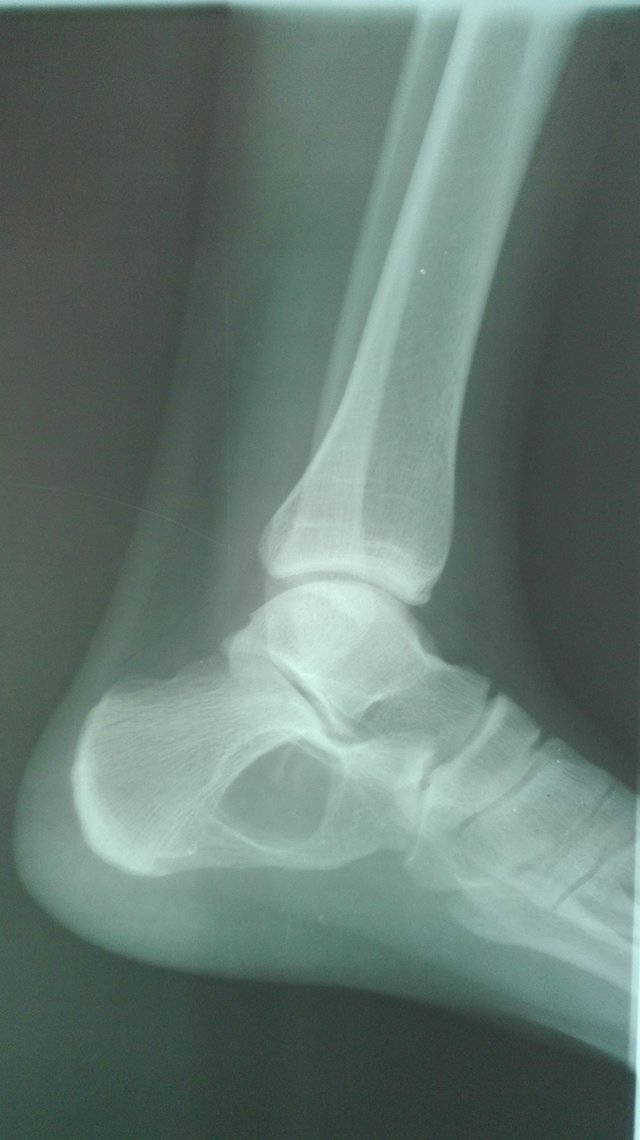
The ankle
In human anatomy, the ankle is the joint where the foot and leg meet. It is made up of three bones: the fibula and tibia that belong to the leg, and the talus that forms part of the foot. The tibia and fibula together form a joint or dome shroud in the lower part of the tibia, on which the trochlea or pulley of the talus fits. The lateral malleolus is going to be more voluminous than the medial malleolus, it is going to descend more and, therefore, it is going to be posteriorized more, which explains why there is a slight obliquity (approximately 20º). On the bone structure there is a fibrous capsule, a set of ligaments, muscles and tendons that contribute to the strength of the joint and make it possible to move it. Source
Ankle sprains
It is the injury of one of the ligaments that support the joint, generally due to a sudden and forced movement that exceeds its elasticity limits. It may be grade I when the ligament is only stretched, grade II if it is partially torn, and grade III if it is completely torn. Ankle sprains affect more frequently the external lateral ligaments, especially the anterior peroneal astragal muscles, and more fascicles will be affected depending on their severity. They are usually caused by a sudden forced reversal movement that puts excessive strain on the ligaments. Therefore, the internal or deltoid ligament of the ankle will be affected in case of eversion that suddenly separates its inserctions beyond what it supports. Source
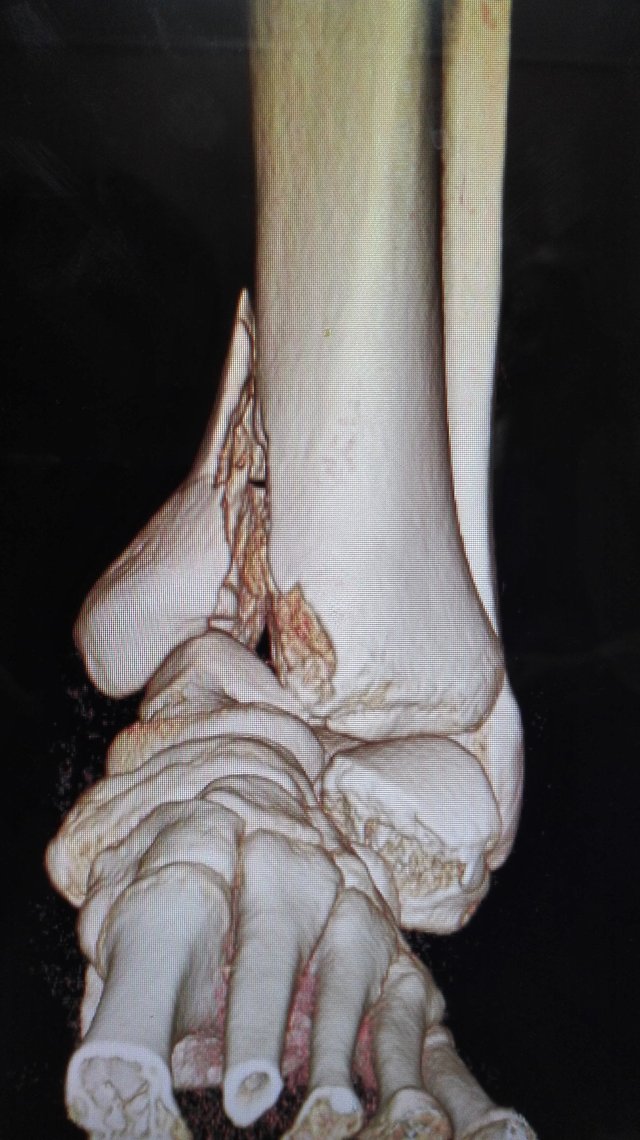
Times according to grade:
Minimal swelling and moderate pain. No signs of instability on both physical and radiological examination. Usually only the anterior peroneoastragal ligament is affected and the patient can begin sports activity within a couple of weeks.
Second degree sprains: immediate and moderate swelling. The pain is noticeable, there is often spillage and marked functional impotence for wandering. The anterior peroneal astragaline ligament and the calcaneus together with the anterior part of the articular capsule are usually affected.
Third-degree sprains: is the most serious. The entire external lateral ligament of the ankle, all its fascicles, is injured. The effusion is very evident, accompanied by very marked swelling and significant pain. There are clear signs of instability. There is usually a feeling of posterior anesthesia due to the rupture of nerve endings. A thorough physical and radiological examination is necessary as it is often associated with other osteochondral lesions.
Sprain of syndesmosis: it is rare and rarely appears in isolation. It usually occurs with traumatic external ankle rotation and the patient reports localized pain on the anterior external face of the ankle and the distal peroneum-tibial junction that increases with support.
Finally, it is worth mentioning that in any case the initial treatment of this type of lesions is based on the application of RICE (rest, ice, compression and elevation) consisting of: rest, ice, compression and elevation. Subsequently, the need to keep the joint inactive or to start early mobilization with physiotherapy treatments will be assessed. Source
El tobillo
En anatomía humana, el tobillo es la articulación donde se unen el pie y la pierna. Está constituida por tres huesos: el peroné y la tibia que pertenecen a la pierna, y el astrágalo que forma parte del pie. La tibia y el peroné forman conjuntamente en su parte inferior una mortaja articular o cúpula sobre la que se encaja la troclea o polea del astrágalo. El maléolo lateral va a ser más voluminoso que el medial, va a descender más y, por tanto, se posterioriza más, lo que explica que exista una ligera oblicuidad (aproximadamente 20º). Sobre la estructura ósea existe una cápsula fibrosa, un conjunto de ligamentos, músculos y tendones que contribuyen a la solidez de la articulación y hacen posible el movimiento de esta. Fuente
Esguinces de Tobillos
Es la lesión de alguno de los ligamentos que sustentan la articulación, debido generalmente a un movimiento brusco y forzado que sobrepasa sus límites de elasticidad. Puede ser de grado I cuando el ligamento solamente se distiende, de grado II si se rompe parcialmente y de grado III si se rompe totalmente. Los esguinces de tobillo afectan con más frecuencia a los ligamentos laterales externos, sobre todo al peroneoastragalinoanterior, e irán afectándose más fascículos en función de su gravedad. Generalmente se producen por un movimiento de inversión forzada brusco que tensa en exceso los ligamentos. Por consiguiente, el ligamento interno o deltoideo del tobillo se verá afectado en caso de eversión que separe sus insercciones repentinamente más allá de lo que soporta. Fuente
Tiempos según el grado:
Esguinces de primer grado: hinchazón mínima y dolor moderado. No hay signos de inestabilidad tanto en exploración física como radiológica. Por lo general únicamente se ve afecta el ligamento peroneoastragalino anterior y el paciente puede comenzar la actividad deportiva en un par de semanas.
Esguinces de segundo grado: hinchazón inmediata y moderada. El dolor es notable, suele apreciarse derrame y marcada impotencia funcional para la deambulación. Suelen verse afectados el ligamento peroneoastragalino anterior y el calcáneoperoneo junto con la parte anterior de la cápsula articular.
Esguinces de tercer grado: es el más grave. Se lesiona la totalidad del ligamento lateral externo del tobillo, todos sus fascículos. El derrame resulta muy evidente, acompañado de hinchazón muy marcado y dolor importante. Existen signos claros de inestabilidad. Suele producirse sensación de anestesia posterior debido a la rotura de terminaciones nerviosas. Hay que realizar una exploración física y radiológica minuciosa pues suele asociarse a otras lesiones osteocondrales.
Esguince de la sindesmosis: es poco frecuente y rara vez aparece de forma aislada. Suele producirse ante traumatismos en rotación externa del tobillo y el paciente refiere dolor localizado en la cara anteroexterna del tobillo y la unión peroneotibial distal que aumenta con el apoyo.
Por último, cabe mencionar que en cualquier caso el tratamiento inicial de este tipo de lesiones se basa en la aplicación de RICE (rest, ice, compression and elevation) consistente en: reposo, hielo, compresíón y elevación. Posteriormente se valorará la necesidad de mantener la articulación inactiva o comenzar una movilización precoz con tratamientos de fisioterapia. Fuente
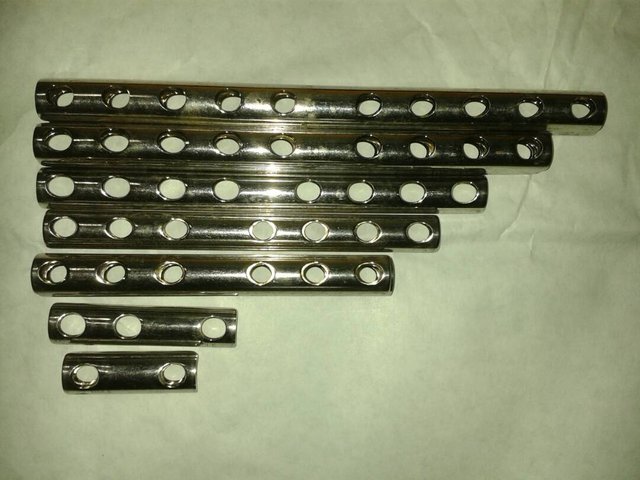

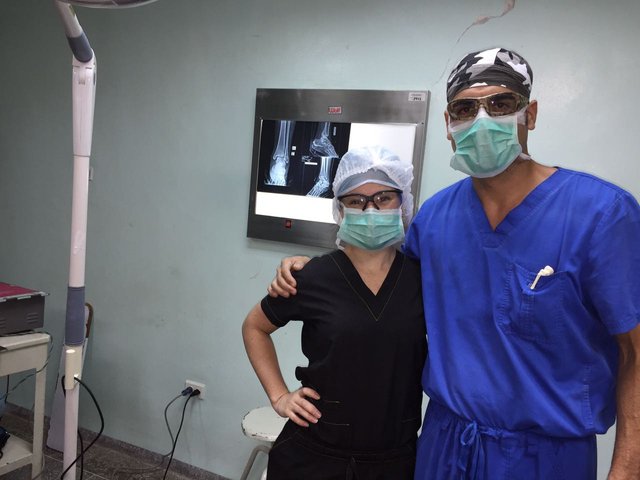
Dr. De La Torre and Dr. Trillo, in the operating room. Photo: @drmaizo.
The surgery
After a few small classes in anatomy and physiopathology, let's get on with our case. That gentleman after having fallen from a floor of height goes to our hospital where a great team of doctors receives them, the case is evaluated and after making some X-rays an ankle fracture is determined where fortunately only one of the two most important bones is affected: the fibula.
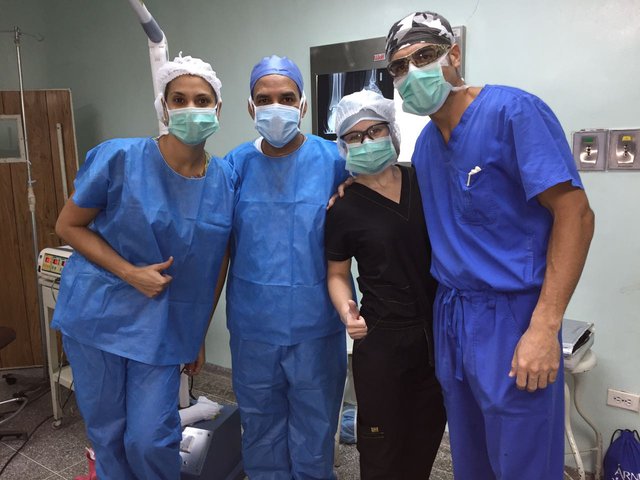
For this type of surgery there are several ways of operating, as well as the described use of various tools, currently the use of plates and specifically the so-called "third cane or third tube" is the most used to provide the best results of successful consolidation.
This time it was the turn of Dr. Gabriela De La Torre (@gaescla) in conjunction with Dr. Julio Trillo (@drjuliotrillo) to take charge of the surgery and perform all the necessary actions to effectively operate on the patient. Definitely, although a fairly common surgery should always take the necessary precautions, so as we surgeons say: a good job must be done "skin to skin", ie, from opening with the scalpel to closing with sutures.
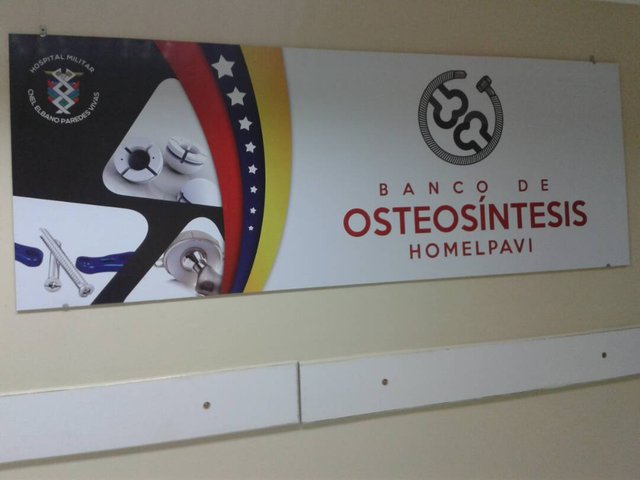
It's quite satisfying when these types of patients start their routine work over again, they always thank you in the best possible way: with a smile and a good handshake.
Thank you for reading.
La cirugía
Luego de unas pequeñas clases de anatomía y fisiopatología sigamos con nuestro caso. Aquel señor luego de haberse caído de un piso de altura acude a nuestro hospital donde un gran equipo de médicos los recibe, el caso es evaluado y luego de realizar unas radiografías se determina una fractura de tobillo donde afortunadamente solo se encuentra afectado uno de los dos huesos más importantes: el peroné.
Para este tipo de cirugías existen diversas formas de operar, así como el uso descrito de varias herramientas, actualmente el uso de placas y específicamente la denominada “tercio de caña o tercio de tubo” es la más usada por ofrecer los mejores resultados de consolidación satisfactoria.
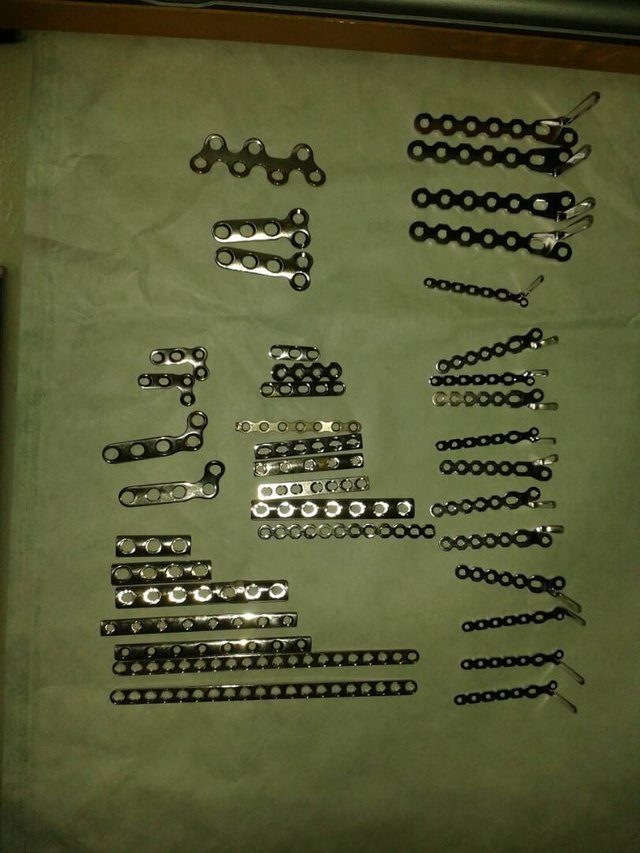
Esta vez le tocó a la Dra. Gabriela De La Torre (@gaescla) en conjunto con el Dr. Julio Trillo (@drjuliotrillo) tomar el mando de la cirugía y realizar todas las acciones necesarias para poder operar de manera efectiva el paciente. Definitivamente, aunque una cirugía bastante común siempre se deben tomar las precauciones necesarias, por lo que como decimos nosotros los cirujanos: debe hacerse un buen trabajo “de piel a piel”, es decir, desde que se abre con el bisturí hasta que se cierra con las suturas.
Es bastante satisfactorio cuando este tipo de pacientes empiezan de nuevo su rutina de trabajo, siempre te agradecen de la mejor forma: con una sonrisa y buen apretón de manos.
Gracias por leer.
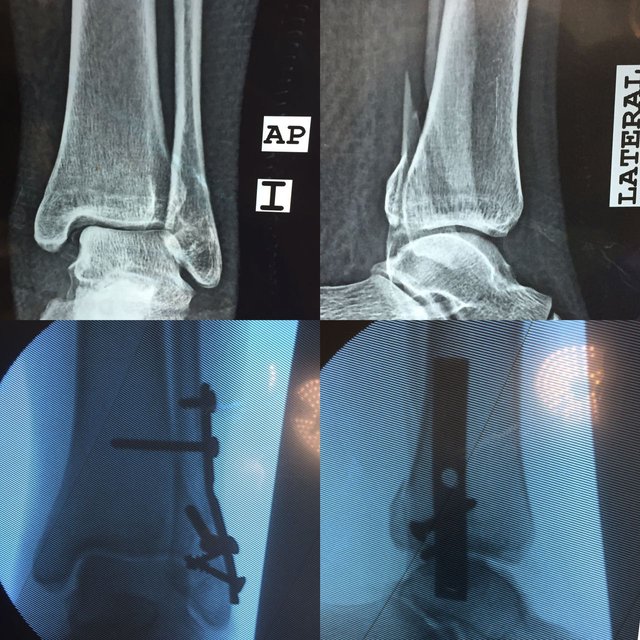

We are doing everything possible to help many people in need of surgery, through our company Sermedic we eliminate the high costs by accepting cryptocurrencies for patients who need our help at the best price in the world and without intermediaries. You can read more about our project in:
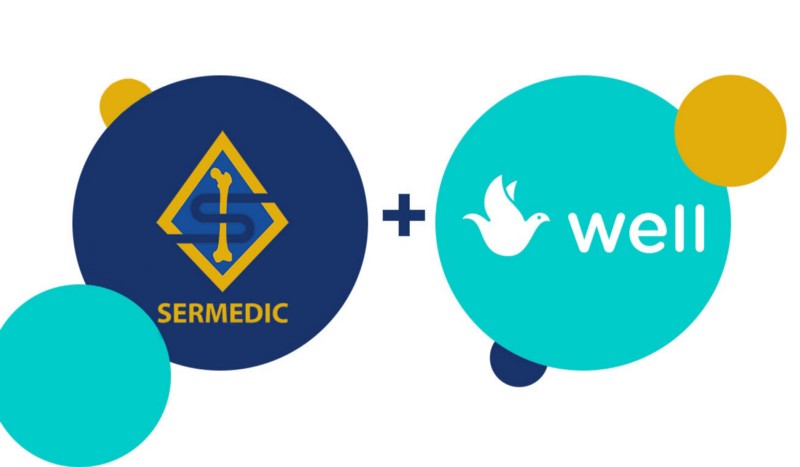
Read more in: Source
If you liked this post and you are interested in clinical cases do not hesitate to follow me. I will be publishing many more cases soon.
Text📑 and Photos 📷 by: @drmaizo
Estamos haciendo lo posible por ayudar a mucha gente necesitada por cirugías, a través de nuestra empresa Sermedic eliminamos los altos costos aceptando criptomonedas para pacientes que necesiten nuestra ayuda al mejor precio del mundo y sin intermediarios. Puedes leer más acerca de nuestro proyecto en:

Lee más en: Fuente.
Si te gustó este post y te interesan los casos clínicos no dudes de seguirme. Estaré publicando pronto muchos más casos.
Relato📑 y Fotos 📷 por: @drmaizo
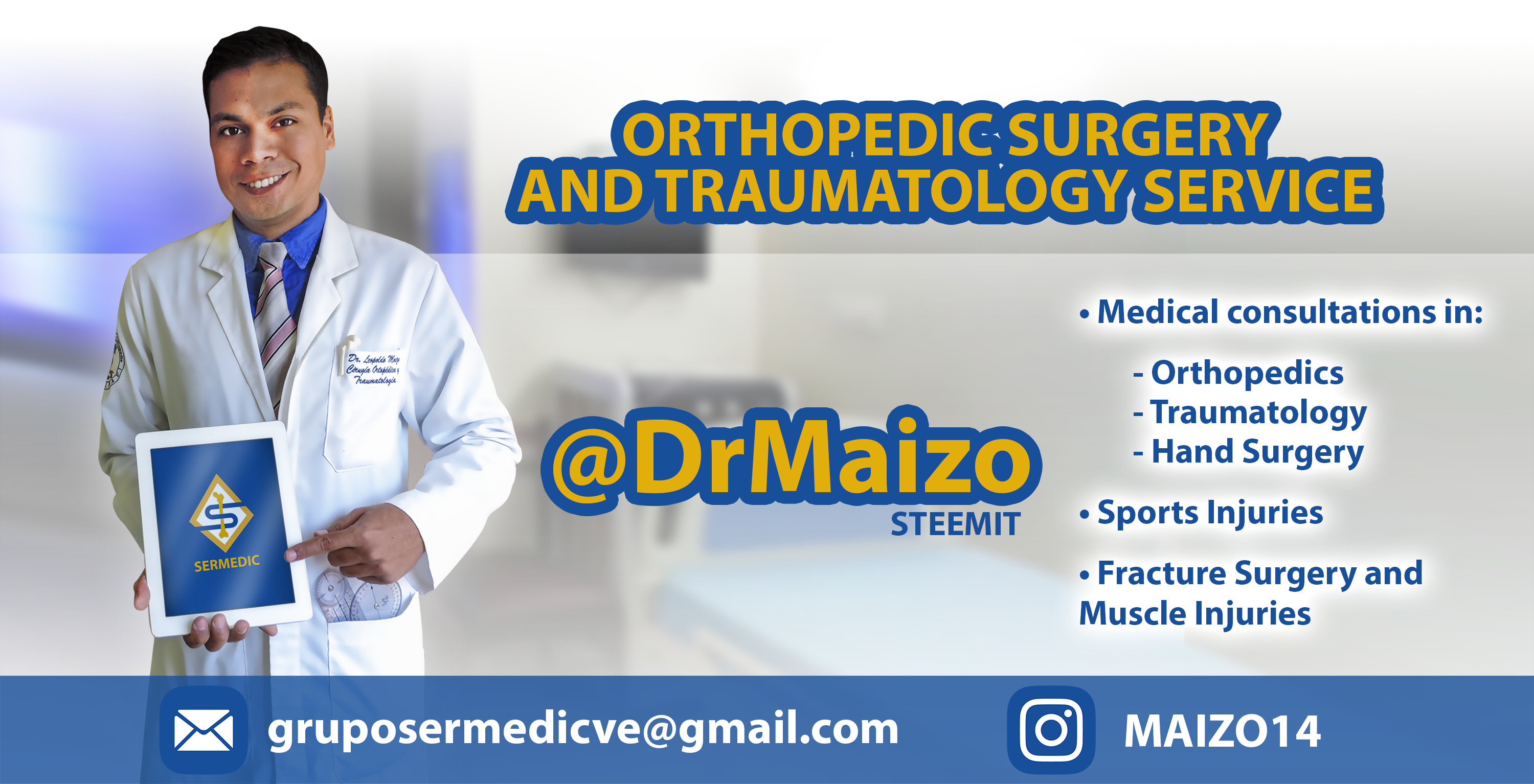




 }
}
.png)
Great Post and very informative..
Than you @preppervetuk. 😀
Congratulations! This post has been upvoted from the communal account, @minnowsupport, by drmaizo from the Minnow Support Project. It's a witness project run by aggroed, ausbitbank, teamsteem, theprophet0, someguy123, neoxian, followbtcnews, and netuoso. The goal is to help Steemit grow by supporting Minnows. Please find us at the Peace, Abundance, and Liberty Network (PALnet) Discord Channel. It's a completely public and open space to all members of the Steemit community who voluntarily choose to be there.
If you would like to delegate to the Minnow Support Project you can do so by clicking on the following links: 50SP, 100SP, 250SP, 500SP, 1000SP, 5000SP.
Be sure to leave at least 50SP undelegated on your account.
I dont speak spanish but i came across your comment on my old friend's blog @richq11 so i decided to follow you and be a fan. GREETINGS FROM NIGERIA.
I'm glad to know that you liked my post, I hope Rich is feeling better and has seen a doctor, you can count on me for any help. Greetings from Venezuela.
Excelente post! Siempre haciendo el bien sin mirar a Quien! Somos un Gran equipo no solo por los conocimientos también por nuestra gran amistad! Éxito!
Exactamente @gaescla, somos un gran equipo desde el comienzo. Me alegra que te gustara, estas de portada jejeje
Congratulations @drmaizo! You have completed the following achievement on Steemit and have been rewarded with new badge(s) :
Click on the badge to view your Board of Honor.
If you no longer want to receive notifications, reply to this comment with the word
STOPDo not miss the last post from @steemitboard:
SteemitBoard World Cup Contest - Semi Finals - Day 1
Participate in the SteemitBoard World Cup Contest!
Collect World Cup badges and win free SBD
Support the Gold Sponsors of the contest: @good-karma and @lukestokes
Congratulations @drmaizo!
You raised your level and are now a Minnow!
Do not miss the last post from @steemitboard:
SteemitBoard World Cup Contest - Semi Finals - Day 1
Participate in the SteemitBoard World Cup Contest!
Collect World Cup badges and win free SBD
Support the Gold Sponsors of the contest: @good-karma and @lukestokes